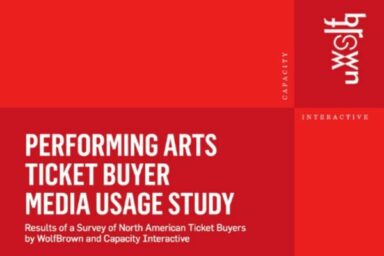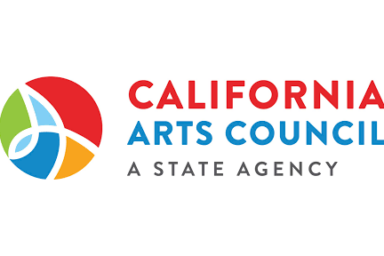Foreword by Tommer Peterson, Deputy Director, Grantmakers in the Arts
Publication of this report marks a significant milestone in GIA’s initiative to develop and initiate a benchmark study on support for individual artists. It is the work of many hands and many minds. In addition to the advisory committee listed below, we have received input on this work at the 2012 and 2013 GIA Conferences, in particular at the Support for Individual Artists Preconferences. We have further conducted a number of interviews, formally and informally, with a range of public and private
funders, nonprofits, and others.
Research, by its very nature, is a form of inquiry, and the journey we have made over the last year and a half is not the same one that we imagined when we started. Some topics, like the ways that funders use intermediaries and regranting organizations grew both in complexity and importance as the investigation unfolded. Other considerations, like the value of being able to interface with other existing data sources, like NASAA’s database of historic data on State support, and the US Census Bureau database on demographics, better defined the scope of possibilities.
We are now calling this document Version 1.1, recognizing that this will continue to be a work-in-progress as we construct and test the database and begin to collect data and information from funders about their work. This taxonomy has been designed to be as broadly inclusive as possible. Support for artists is provided in a number of different ways, and we wanted to be able to collect meaningful data from all the organizations providing support in all its forms.
This work has also provided a different lens to view the sector of the philanthropic field that provides support to individual artists. There was a broad range of response from funders about their level of engagement with the idea of research on their work. Similarly we saw a diversity of ways that funders value data and information. We are able to imagine using data and analysis to further their work. It has also become increasingly clear that data about support for individual artists can only be understood within the context of the intentions and motivations of the funding sources. The number of methods and types of support comprise a complex ecology that cannot be expressed, or understood, in terms of quantifiable data. This is a story—or series of stories—that is not told solely by the numbers.
Our next step in this work is to construct the online database to hold this information, and begin testing with GIA members providing support to individual artists in the fall of 2014, and begin full scale data collection in 2015.




